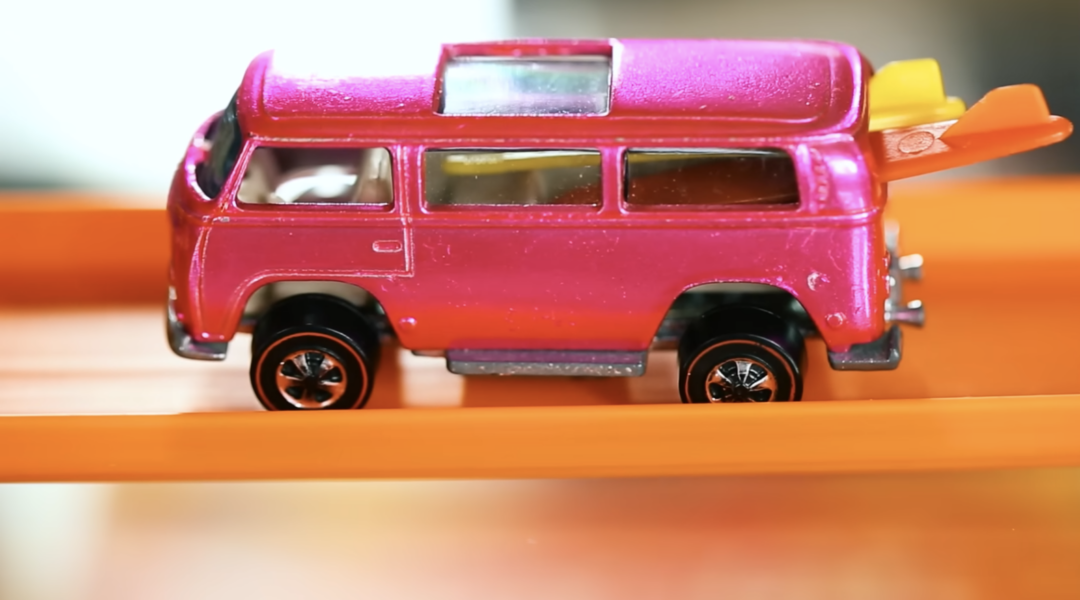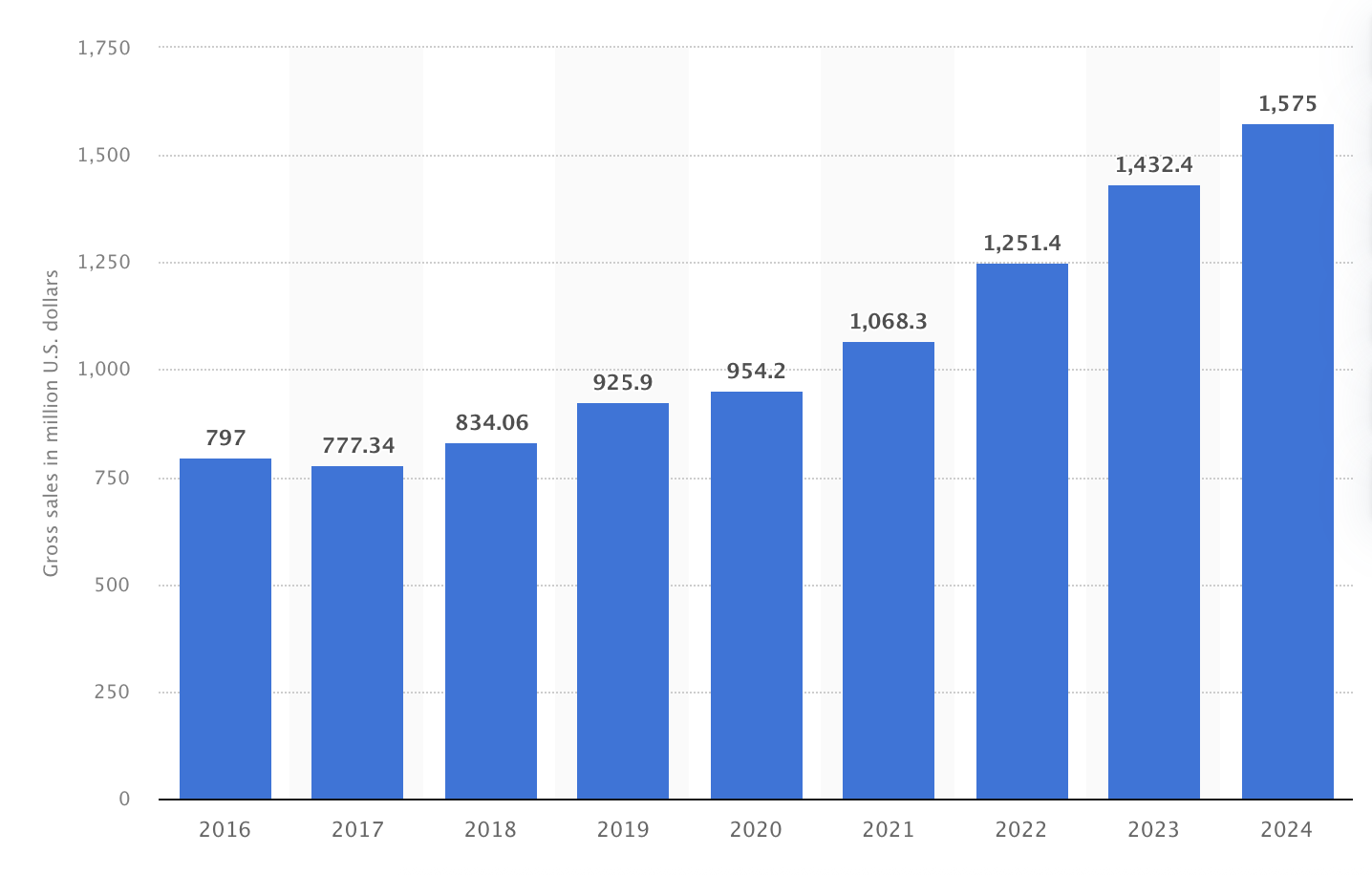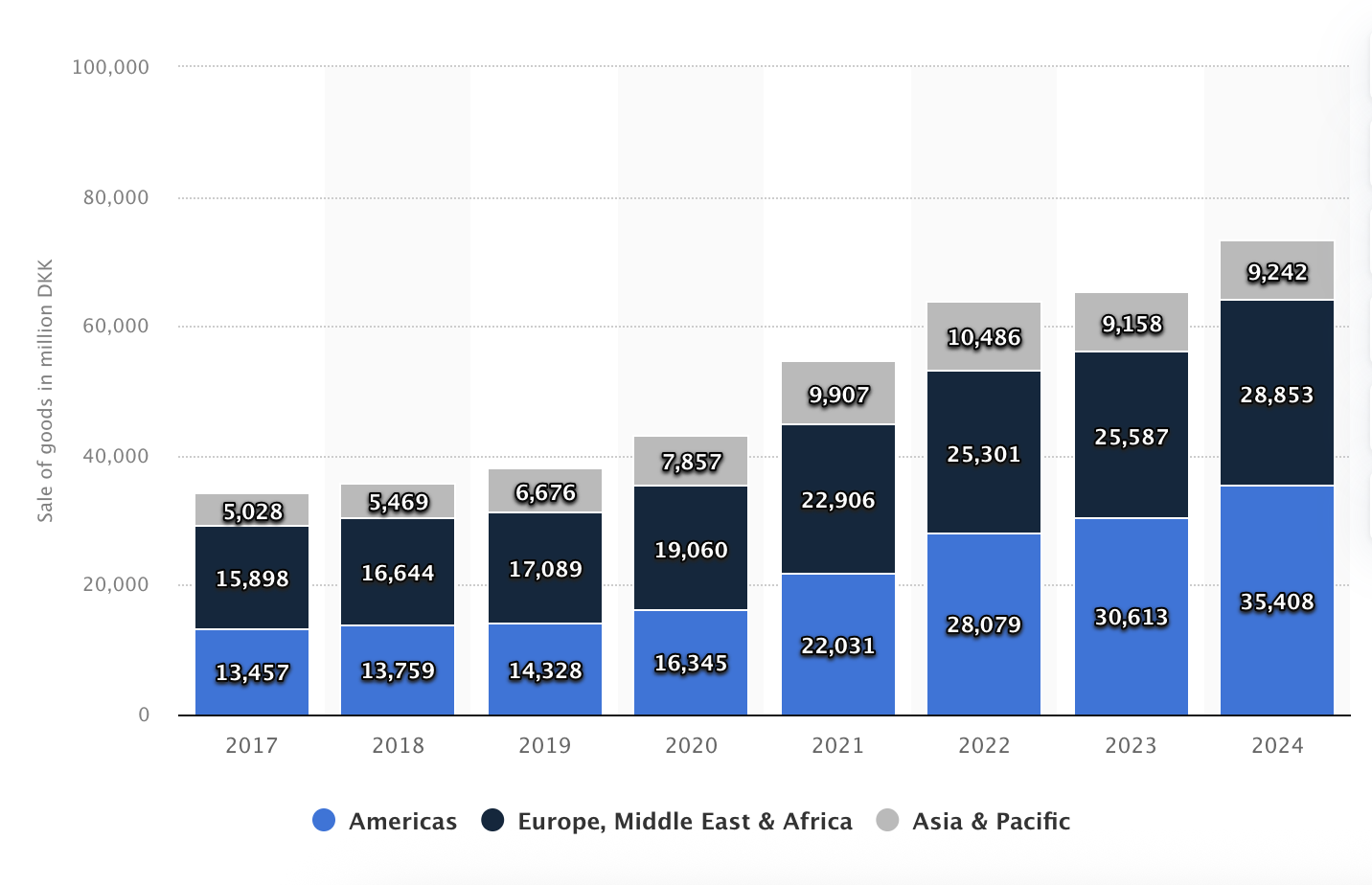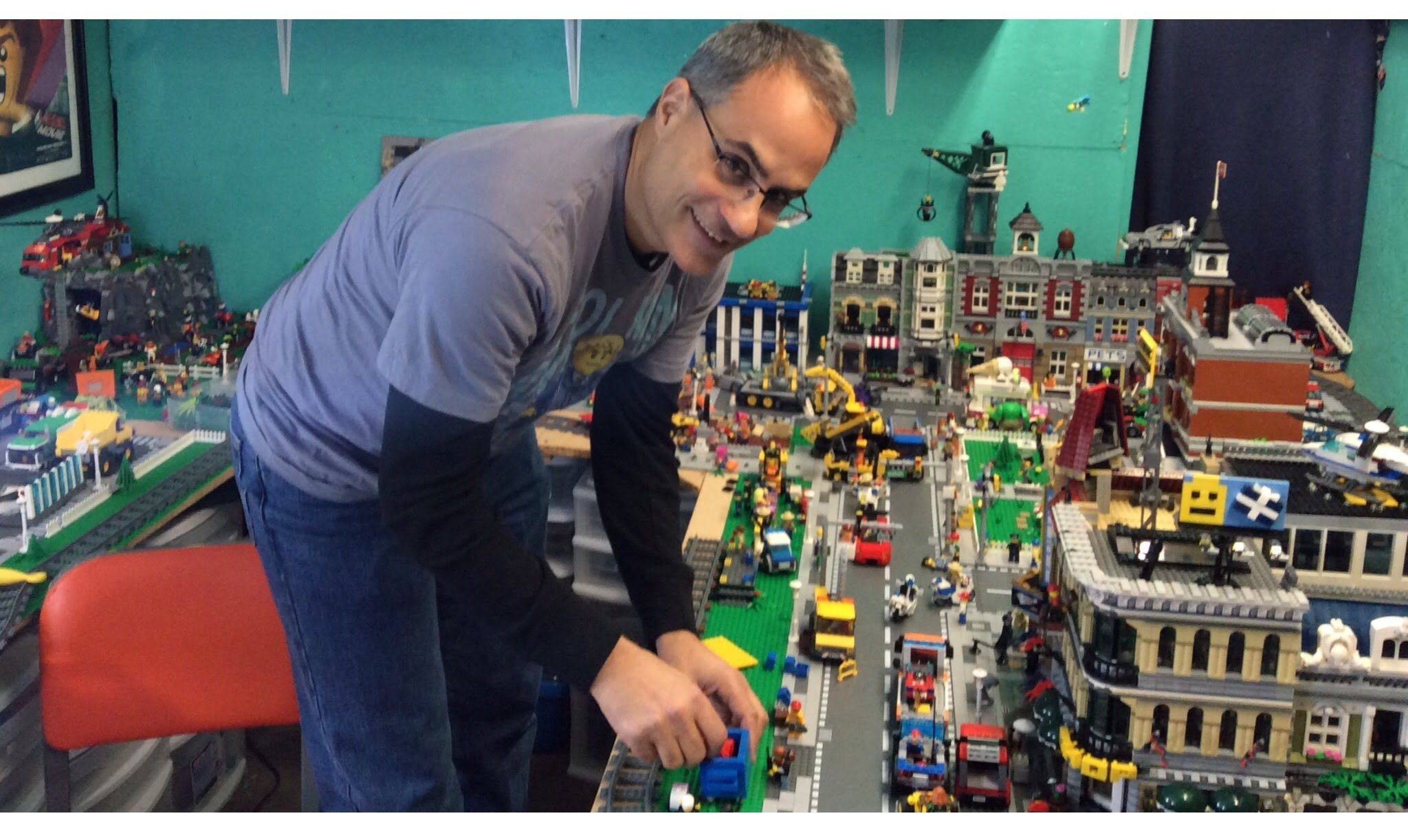Adults who love toys
Toys have long been considered a staple for children. But now, adults – especially millennials – are increasingly becoming the industry’s primary consumers.
According to data from Business Insider, in 2024, adults in the US spent up to $ 7.6 billion on toys, up more than 10% from the previous year. This number is not only impressive but also signals a clear shift in consumer tastes.
The reasons behind this change are varied. For many, toys are a way to connect with childhood, evoke fond memories and provide comfort in a turbulent world .
For example, Bruce Pascal, 63, owns the world’s most valuable Hot Wheels model car collection, worth up to $2 million. For him, displaying a Hot Wheels car on his desk for only $35 is also a way to keep a part of his childhood.
The 2023 Barbie movie has further fueled this trend. With a global box office of $1.4 billion, the film is not only a cinematic success but also a powerful boost for the “return to childhood” trend in the adult world.
Many adults buy toys not just for fun, but also as valuable assets. Bruce Pascal is a typical example. He owns the world's rarest Hot Wheels called "rear load beach bomb".
Bruce Pascal bought the model for less than $100,000, but he has no intention of selling it for less than $1 million. For him, each car is an investment. “It’s like my safe,” the collector said.

The expensive Hot Wheels car that Bruce Pascal owns (Photo: BI).
Not only Hot Wheels, cute little toys like Sunny Angel - a miniature figurine line from Japan - also created a global fever. The rate of finding special models of Sunny Angel is less than 1%, but many people are willing to spend hundreds of dollars on eBay to own a "mysterious angel".
A collector named Annie Chung owns more than 50 of these toys and considers them her spiritual medicine. Annie Chung always brings these toys to the office.
Meanwhile, Mike Nay, a claw machine player, has turned his hobby into a side hustle. By hunting for rare animals and reselling them online, he has earned more than $40,000. He has even sold stuffed animals for $150-200, due to the extremely limited production.
Community is also a factor that keeps people like Annie Chung and Bruce Pascal around. Going to fairs, online groups, and waiting in line for toy hunts all give them a sense of connection.
When toy giants change strategy
Famous toy manufacturers are not missing out on the opportunity to take advantage of this new consumer trend. Mattel and Lego are gradually shifting their focus, not only producing for children but also creating high-end product lines specifically for adults.
Mattel Corporation was founded in 1945 and launched Hot Wheels in 1968, initially targeting children. However, Mattel quickly recognized the potential of the adult audience and began releasing limited editions aimed at this customer group.
With Hot Wheels, Mattel has been building a collector community by releasing limited editions since the 1980s. For example, the Red Line Collector model has 30 parts and sells for $37 each, compared to the regular model with only four parts and costs just a few dollars.
Statistics from Statista show that Mattel's total Hot Wheels brand sales worldwide have grown steadily from 2016 to 2024. In 2024, Hot Wheels brought in total sales of around $1.58 billion globally compared to $1.43 billion the previous year.

Global Hot Wheels sales 2016-2024 (Source: Statista).
In addition to Hot Wheels, Mattel owns the world's most popular toy icon, Barbie. After a decline due to competition from Bratz, Mattel has improved Barbie with more than 30 skin tones, different hairstyles and body shapes. The 2023 Barbie movie continues to revive the brand, rekindling the collecting movement among the adult generation.
Lego has also made a remarkable comeback. After struggling in the late 1990s, the company restructured in 2004 and gradually shifted its focus to serving adult fans.
Starting with the $500+ Millennium Falcon set launched in 2007, Lego now has a line of “Icons” specifically for those 18 and older. In particular, the Lego Ideas platform allows players to design products and receive 1% royalties if the products are produced - a way to both attract community creativity and increase brand engagement.
Lego CEO Niels B Christiansen said the group achieved record results in revenue and net profit in 2024. Net revenue reached DKK 74.3 billion (about USD 10.82 billion), up 13% thanks to strong demand in the Americas, Europe and the Middle East.

Lego's net revenue by region (Source: Statista).
Toys become a lifestyle
In addition to prominent brands, many “unique” product lines are also sought after by adults. Claw machines have become “gold mines” for those with strategies. “Blind box” models - where buyers do not know what item they will receive - are also extremely popular thanks to the element of surprise and rarity. The “kawaii” culture from Japan has contributed to creating a wave of passion for super cute, compact but valuable items.
But collecting is a demanding hobby. Cost is a factor. Dave Kleta, a veteran Lego player, sets a budget of $200 a month.
His collection has cost him an estimated $50,000. Storage space is also an issue. Bruce Pascal even had to build a separate warehouse to display his 15,000-piece collection because his wife didn't want visitors in the house.

Collecting lego requires effort (Photo: BI).
In addition, liquidating the collection is not a simple story. Bruce has prepared a list of instructions for his wife in case of his death, because finding and processing thousands of items at once is an impossible task for an outsider.
Source: https://dantri.com.vn/kinh-doanh/bi-mat-kinh-doanh-kho-vang-gan-8-ty-usd-tu-bup-be-barbie-lego-20250606060042619.htm



































































































Comment (0)